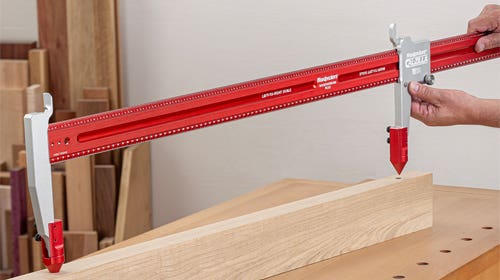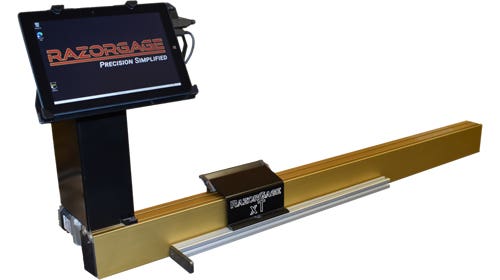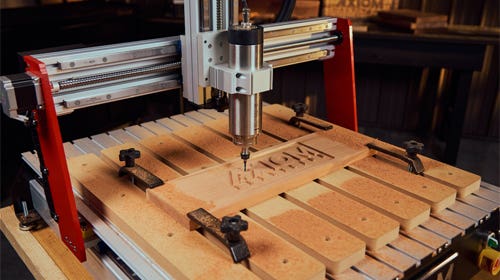Alliance moves closer to set of rules
Woodwork manufacturing skill standards would be an accepted manual of procedures measuring performance and results {loadposition position10} The goal of creating industry standards to validate the capabilities of woodworking employees…
Woodwork manufacturing skill standards would be an accepted manual of procedures measuring performance and results
{loadposition position10}
The goal of creating industry standards to validate the capabilities of woodworking employees is inching forward. At AWFS Vegas in July, leaders of the Woodwork Career Alliance shared their progress on preparing the Woodwork Manufacturing Skill Standards, a manual of procedures accepted by the industry to measure performance and results produced by woodworking professionals.
Work on the standards began in November 2007. The project is currently in its second phase, focusing on the development of skills criteria and evaluation documents and is scheduled to be completed later this year. The third and final phase will launch a credentialing process for individuals who demonstrate they meet the skill criteria, ending in 2013.
"The exciting part about this is that for the first time in the woodworking industry, we're actually going to have standards for people - and that's the primary thought that needs to be in everyone's mind when they look at this. That this is all about people, because I think credentialing is a strategic force for our profession," says project director Greg Heuer.
The manual, also known as the unified North American Standard of Tool Skills & Evaluation, is being written by volunteers from all parts of the advanced wood processing industry.
At AWFS Vegas, Heuer announced the conclusion of the writing of skills standards for 30 basic tools that were identified by the industry as being a regular part of most factory operations. The tool categories include layout, sawing, milling, shaping, CNC, boring, sanding, clamping and laminating, turning, joinery and assembly, grinding and sharpening, and finishing.
Each skill standard includes two to three levels of performance standards to be achieved. Heuer says he is now looking for industry professionals to contact him to test the efficiency of the 30 tool standards.
"What we want to know from people using them in the field is that these are written correctly, that the criteria are correct, that the format is correct. We don't want to write the rest of these tools in the wrong way," says Heuer.
About $60,000 has been spent on the project during the last two years, with most of the funding provided by the U.S. Forest Service. Other sponsors include industry trade groups and WoodLINKS USA.
Mark Smith, national director for WoodLINKS USA, says he's confident the skills standards will help address the human resource challenges facing the wood industry in a number of ways.
"They will give a uniform standard for machine operation which teachers can teach, too. They will also further validate to the student, teacher and education system that the wood industry is a real career and, by asking teachers to participate in the writing of skill standards, we continue to enhance the partnership between industry and education," says Smith.
For information, visit www.wood workcareer.org or contact Greg Heuer by e-mail at gheuer212@me.com.
This article originally appeared in the October 2009 issue.







